Mitsugu Ohnishi
NEWCOAST
Nov 2 − Dec 22, 2016
PGI
-
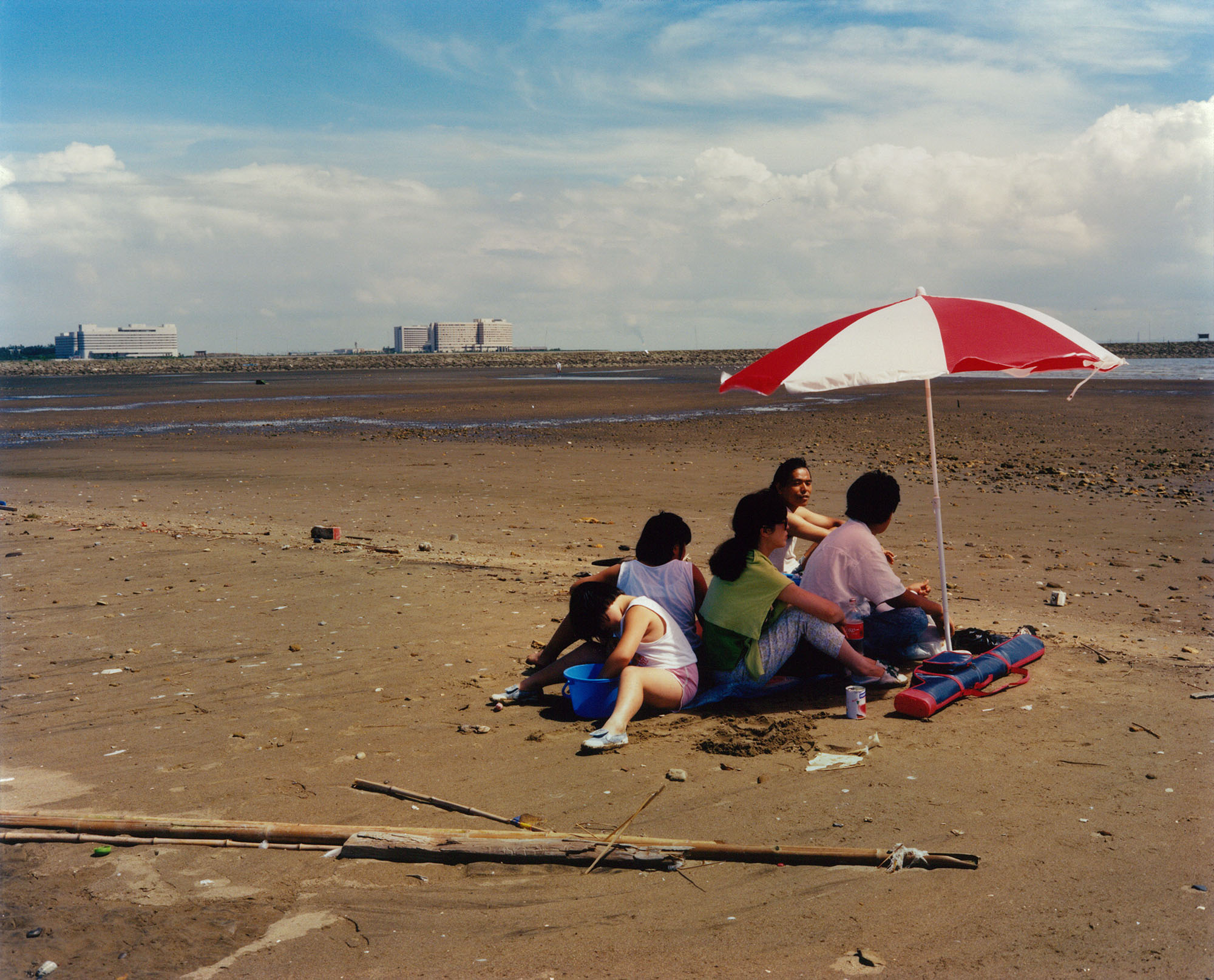
©Mitsugu Ohnishi
-
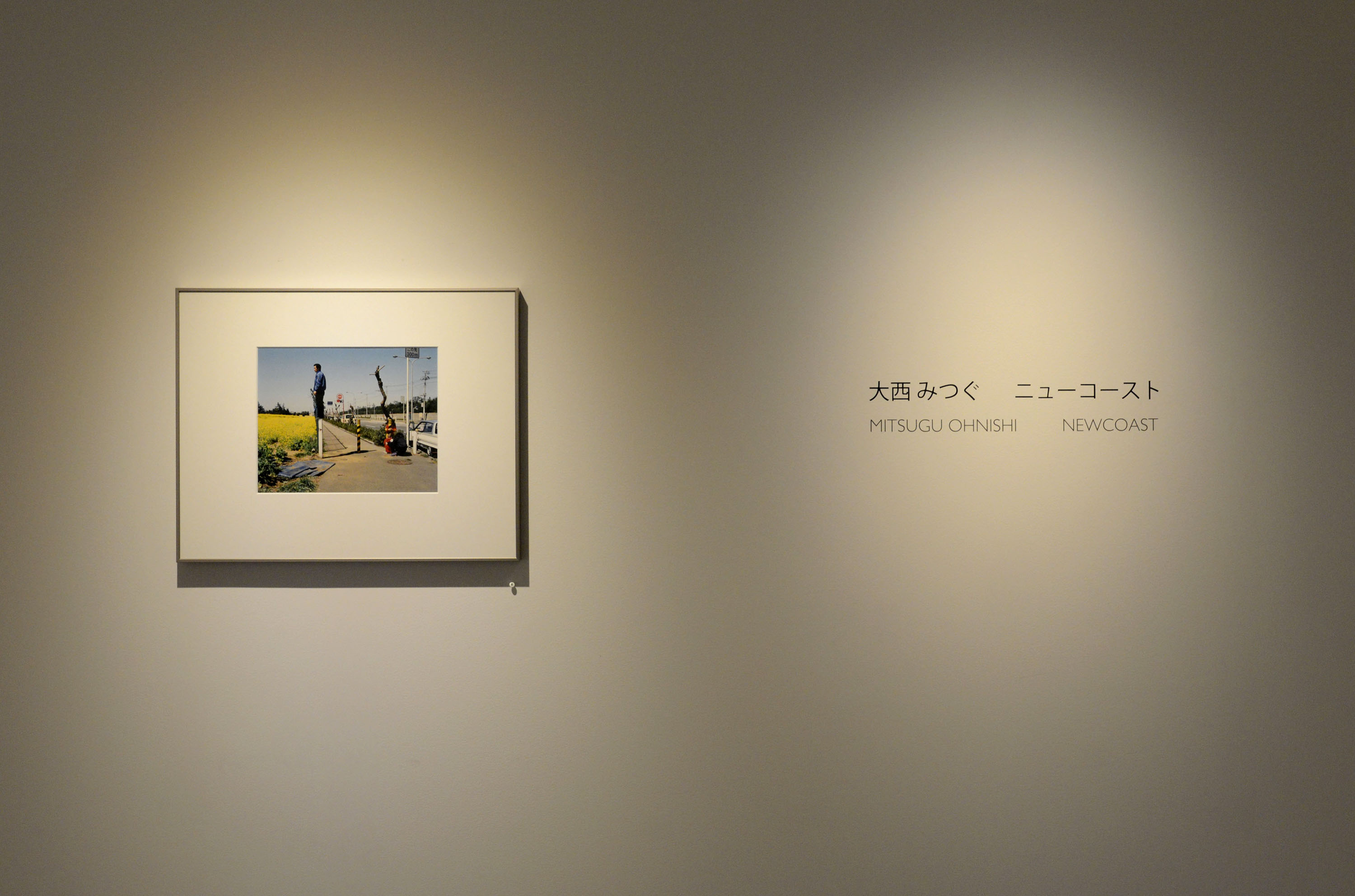
-
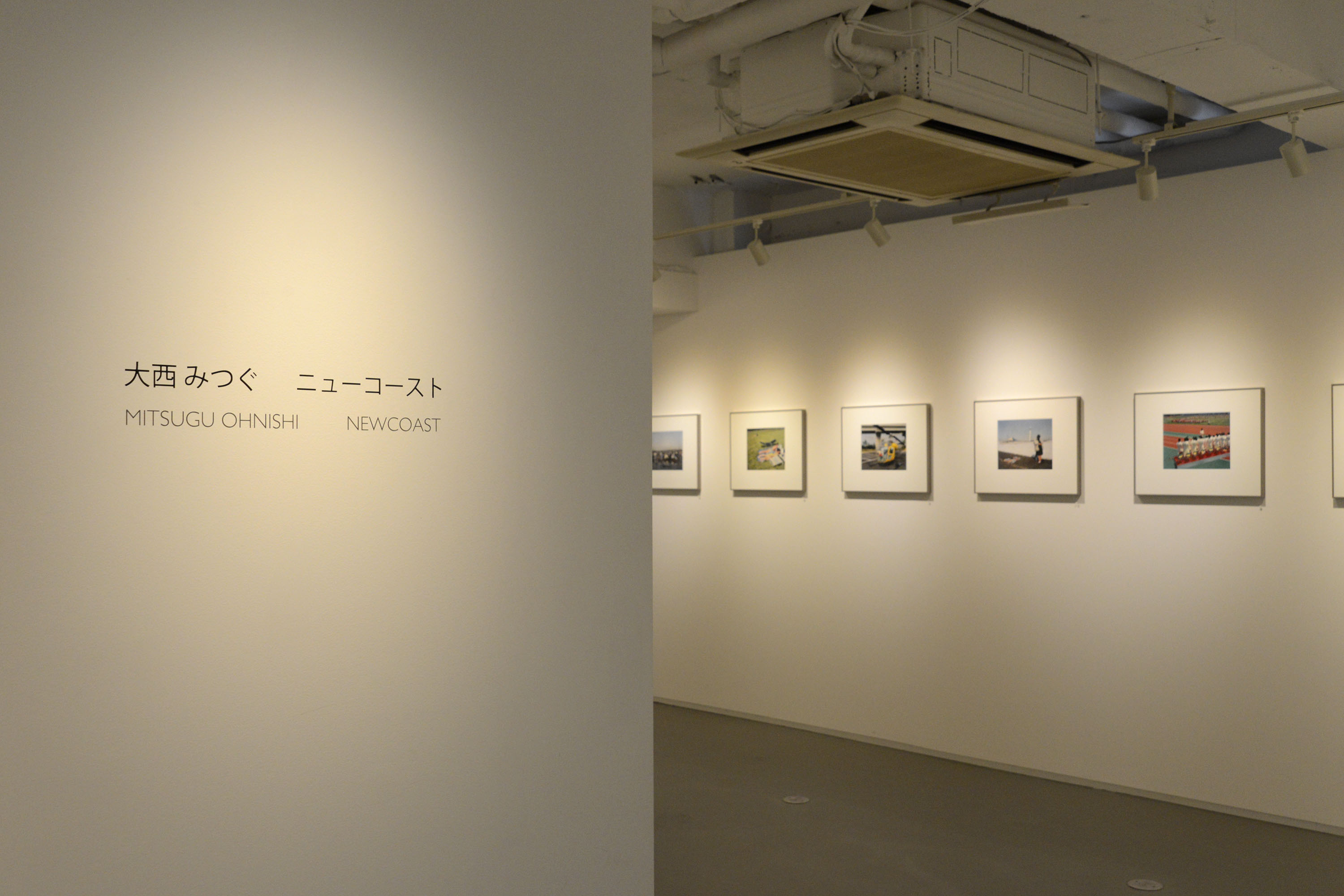
-
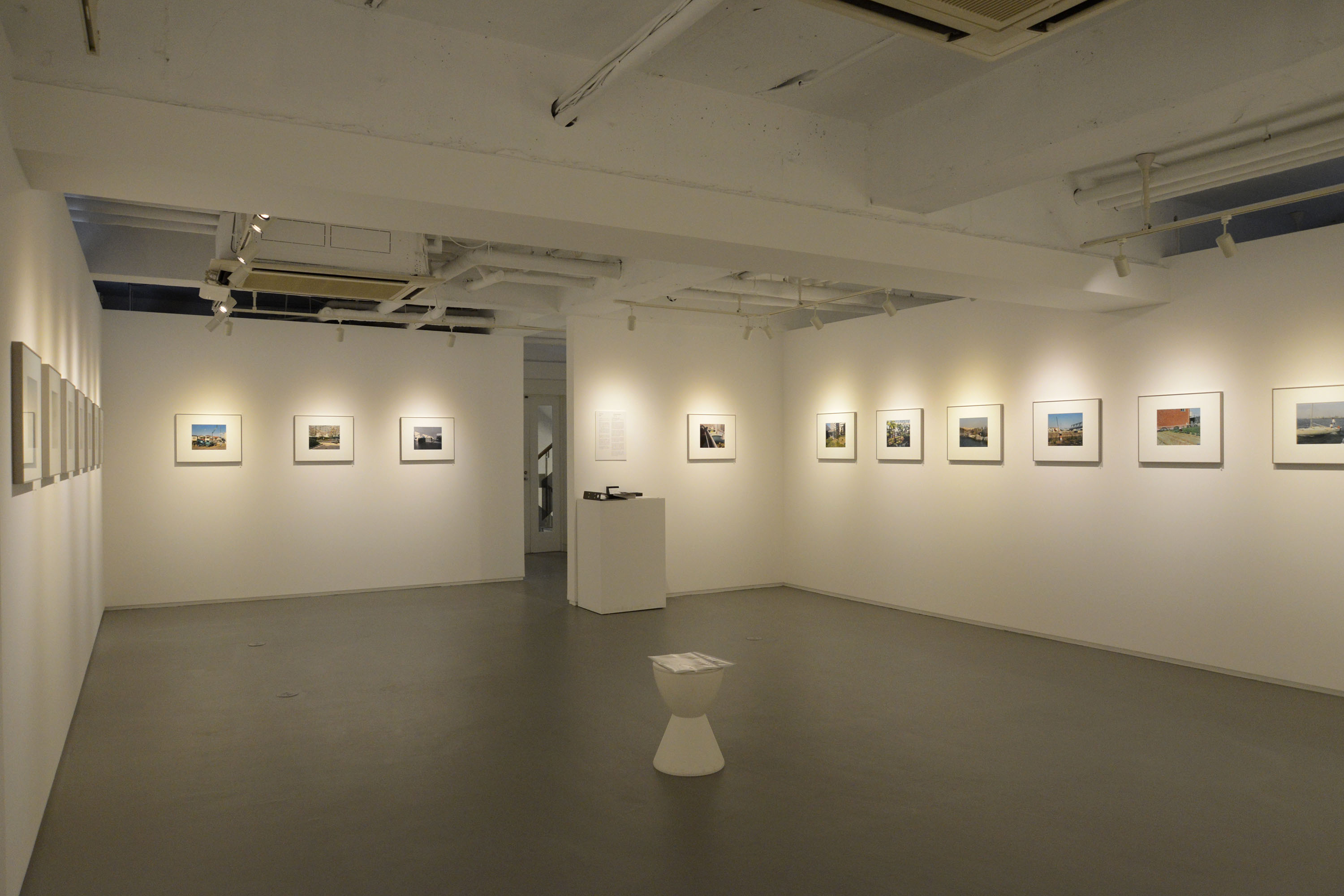
-
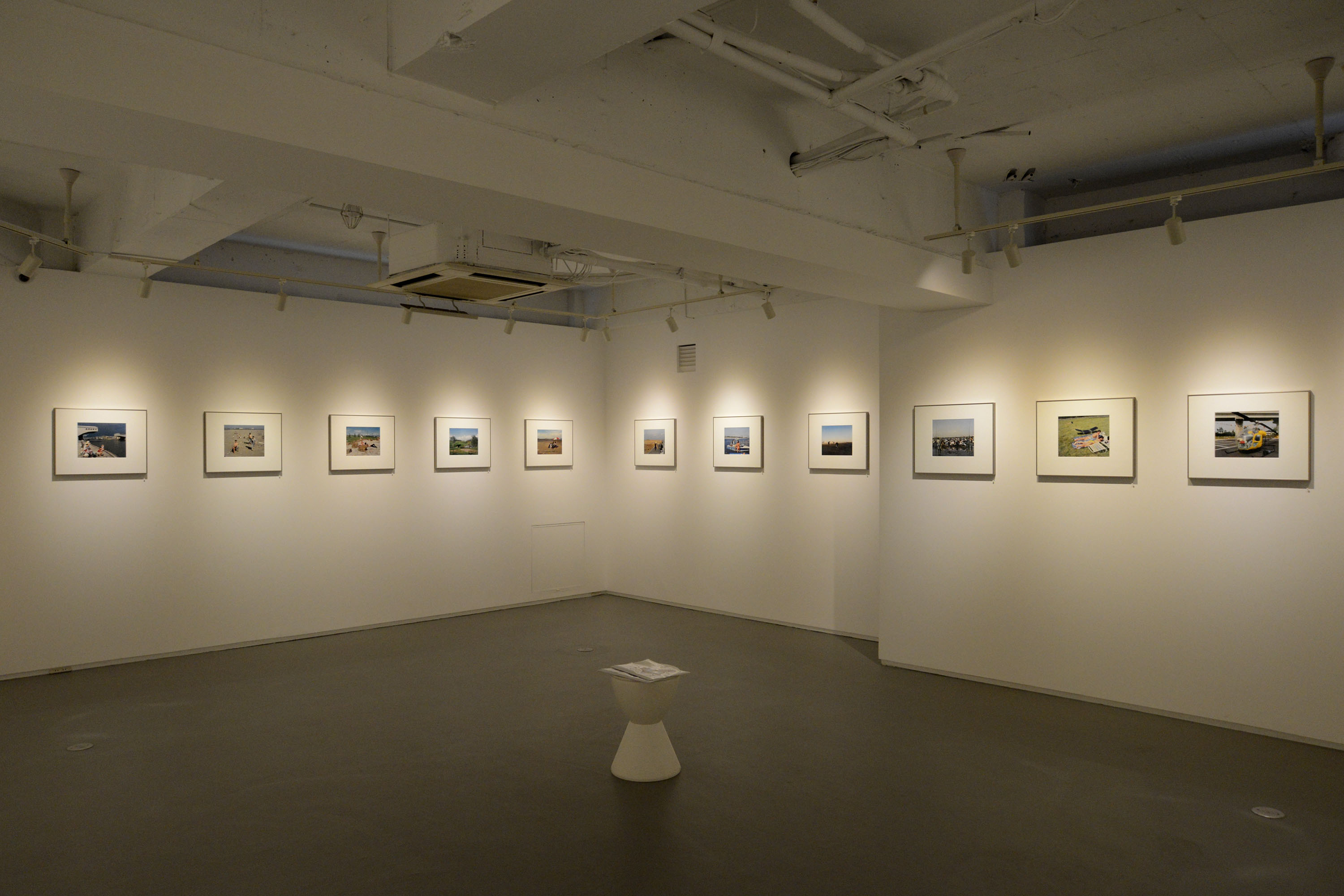
-
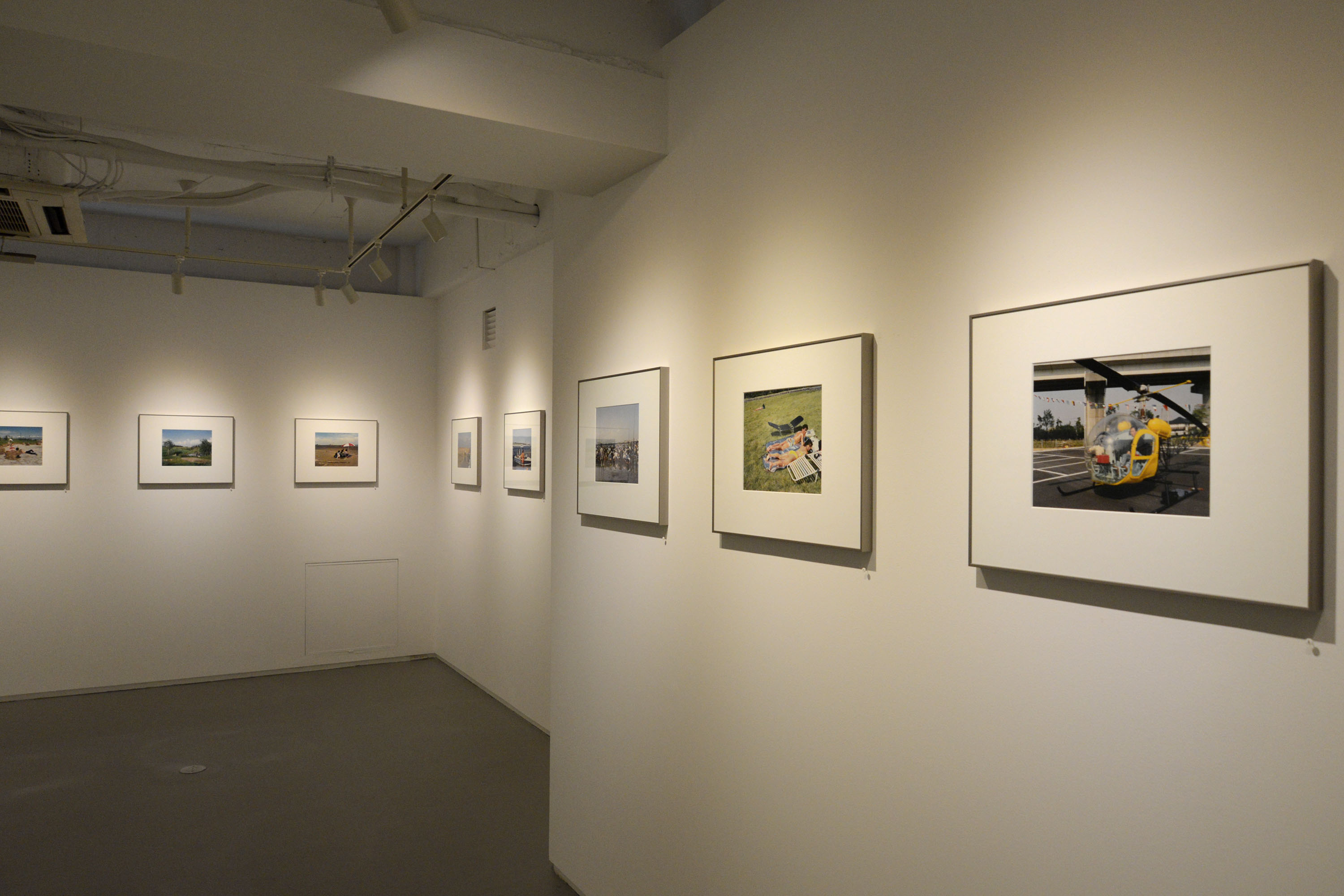
-
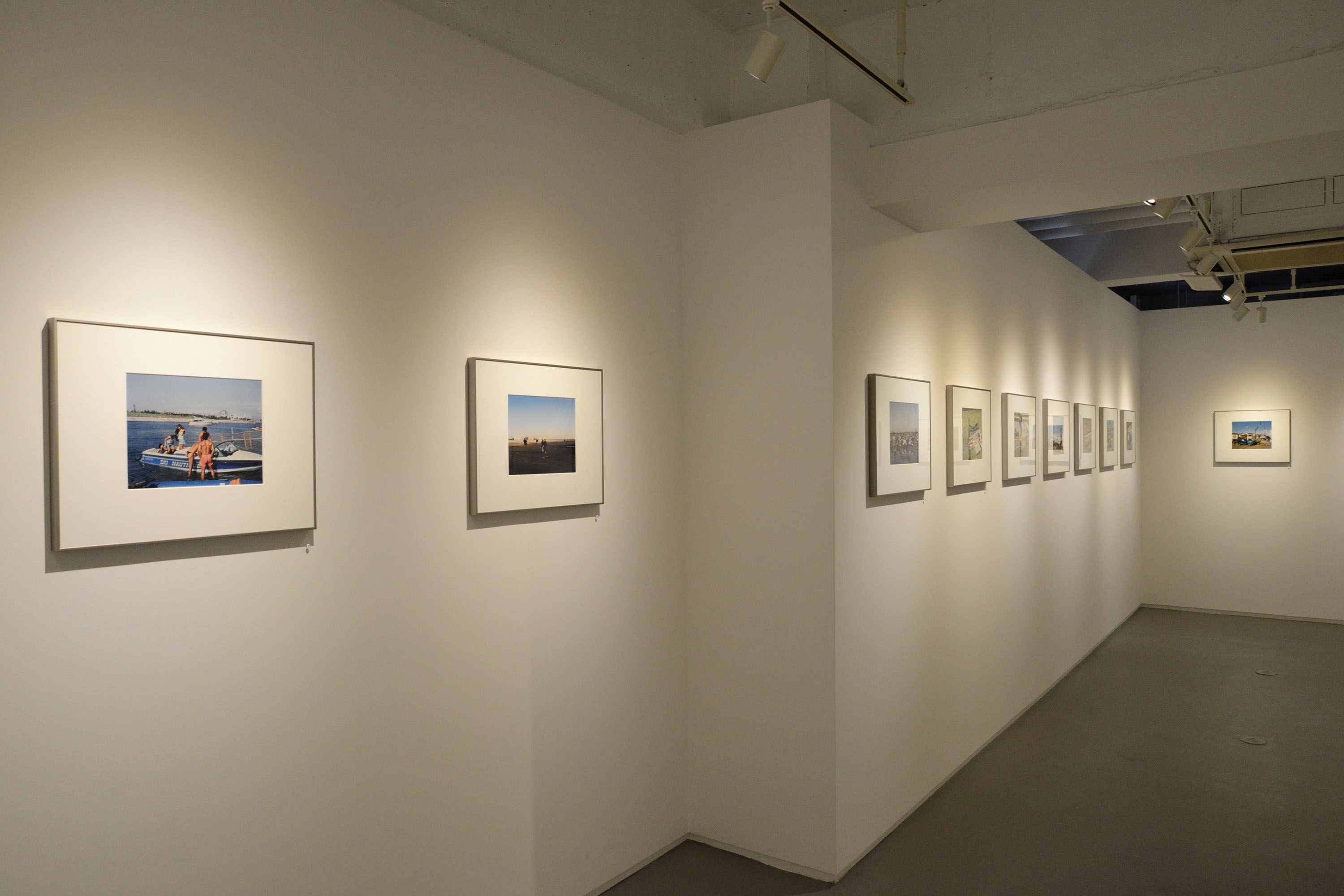
-
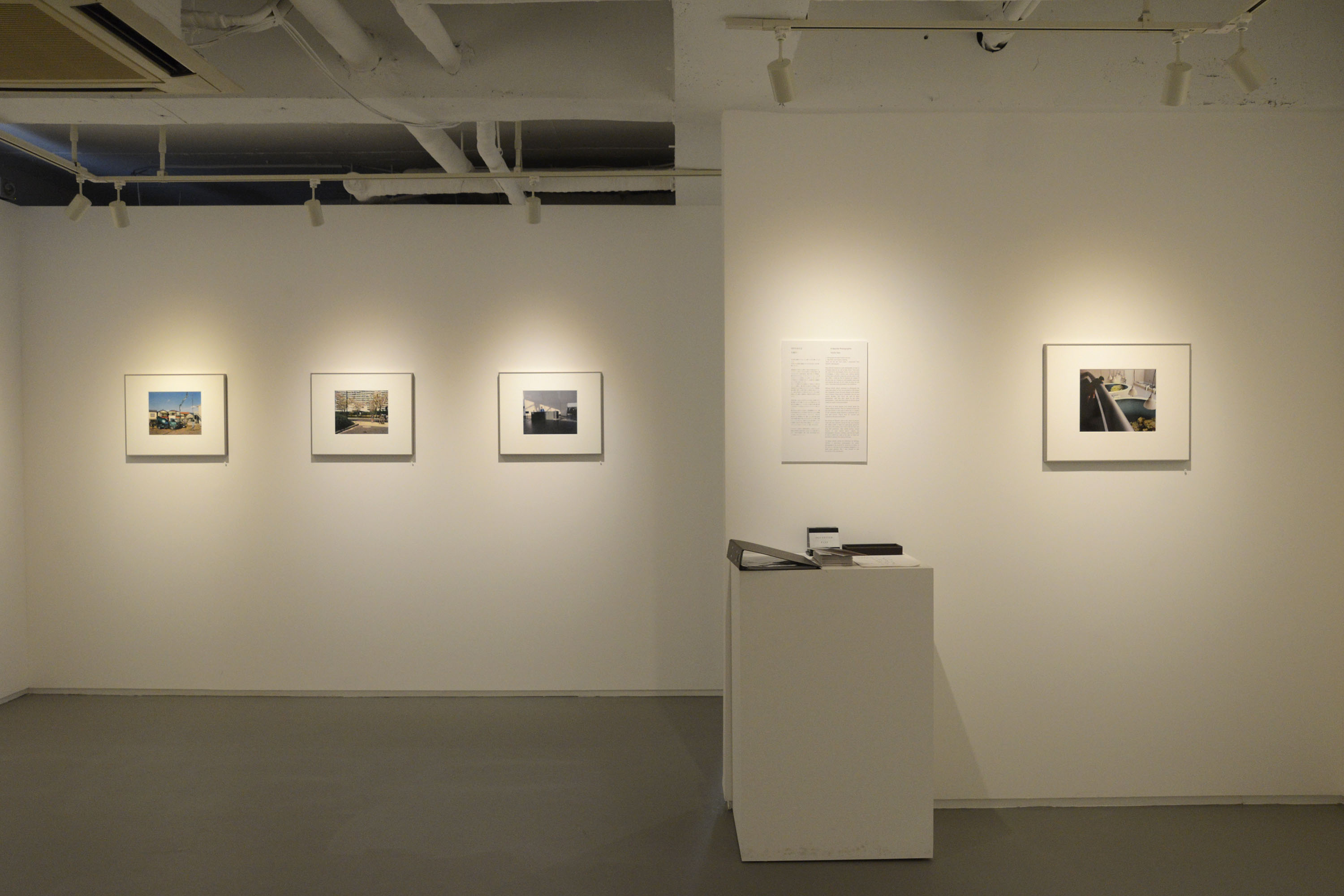
-
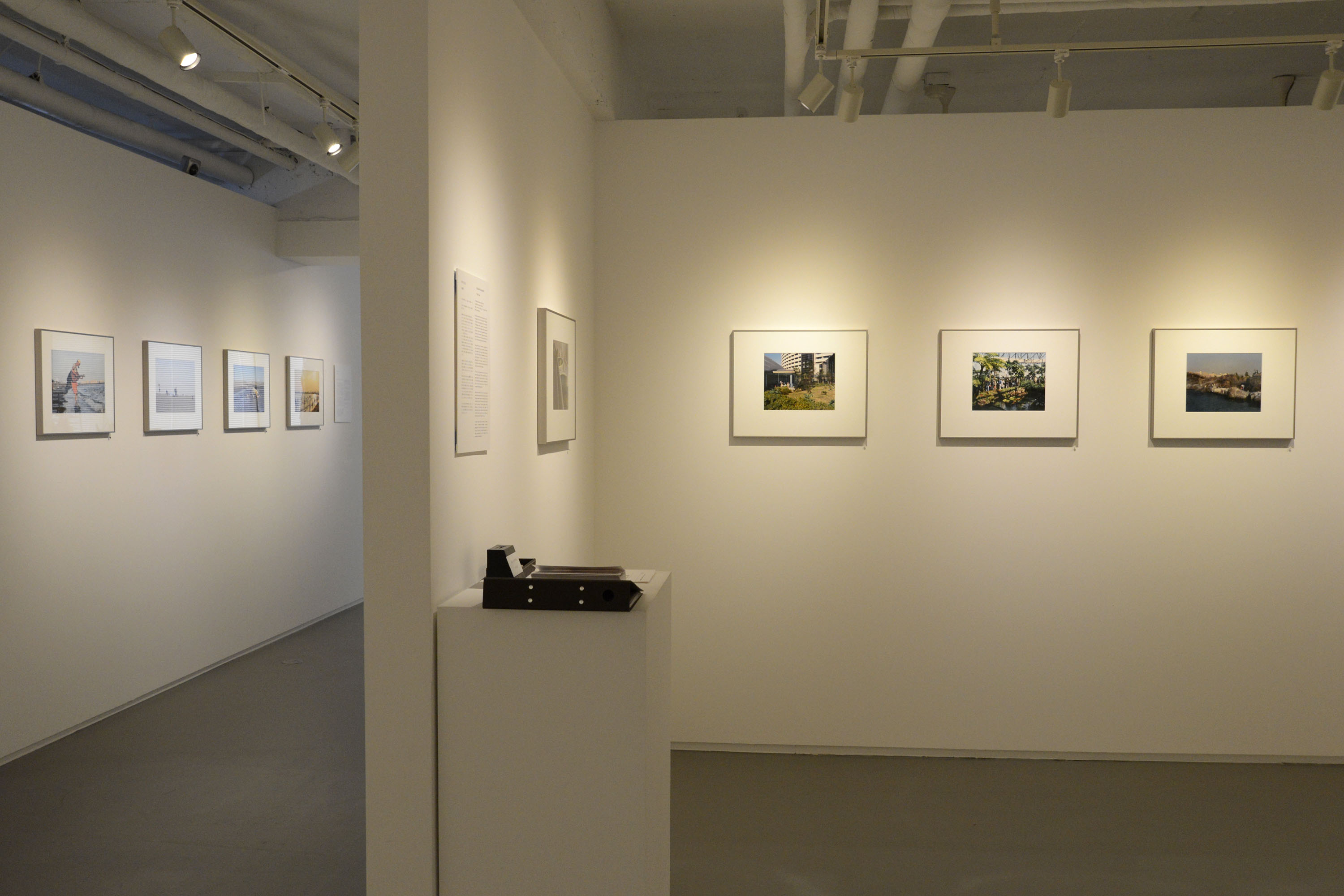
-
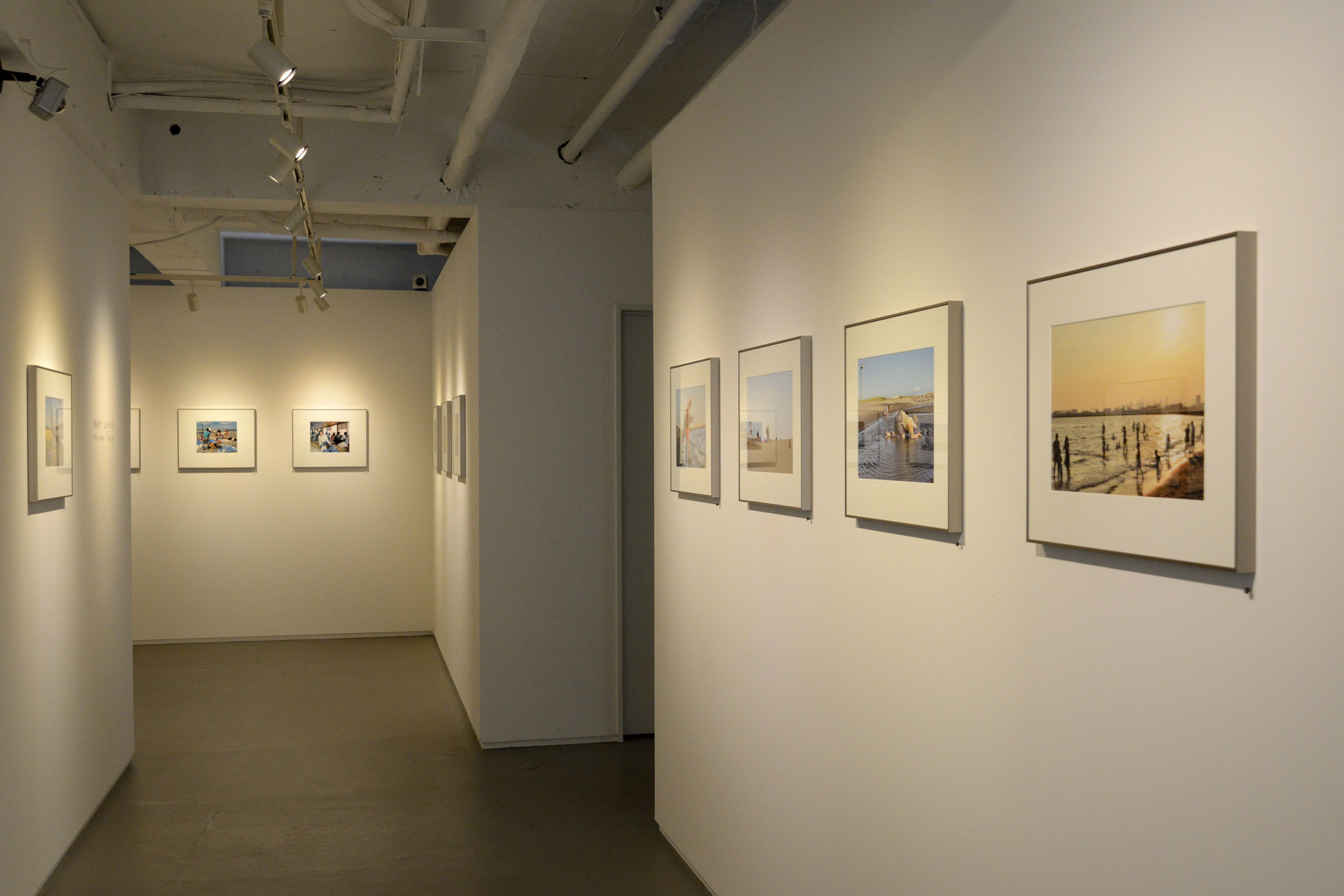
PGI is pleased to present NEWCOAST, a solo exhibition of photographs of Tokyo’s eastern edge by Mitsugu Ohnishi. This exhibition is Ohinishi’s first with PGI and runs November 2nd to December 22nd, 2016.
Mitsugu Ohnishi was born in 1952 in downtown Tokyo, and graduated with Tokyo College of Photography in 1974. Upon graduation he began his professional career and later returned to his alma matter to teach.
From his debut work Wonderland 1980-1989 to his current photographs today, Ohnishi’s work has focused on Tokyo’s shitamachi areas, the humble, working-class heart of the city which reaches to the edge of Tokyo Bay. His work takes into consideration the spirit and gesture of those who gather in these neighborhoods. His photographic per-spective is that of a gaze- it consists of a unique placement of distance between the photographer and his subjects. Through his stance an era is captured and the artist’s own attitude can be glimpsed.
PGI is pleased to introduce to viewers Ohnishi’s series NEWCOAST, a collection of pho-tographs made in and around his residence, Tokyo’s eastern Edogawa district. Originally raised in Fukagawa, Ohnishi moved to Edogawa’s redeveloped shoreline along edge of To-kyo Bay at the end of the 1980’s. Here, at the height of Japan’s bubble economy he turned his lens on the spectacle of urban development and its newly transplanted popu-lace.
Wrapped in the hustle of the times the average person was likely unable to truly compre-hend the changes which were taking place. That which existed but could not at the time be felt is seen in his images- Here we find citizens in rental boats, or as they lie upon freshly rolled grass in the sun for a tan. We see newly built resort facilities as destinations for swarms of people in leisure. . .
“The landscape of this town felt to me like a cheap picture postcard that might be found in a seaside gift shop in California.”
So writes the photographer. Rather than enthusiasm for the benefits the economy promised, we find in these photographs individuals who seem puzzled as they attempt to find their place in this new landscape.
It’s precisely in the opposition of the subject and the set distance which a 6×7 medium format camera requires where the true line of sight of a photographer can be witnessed.
These photographs represent my longing to photograph the both “unknown” and “invisi-ble” within the landscape I walked, but also my bewilderment and even vexation with what appeared before me at this time.
When viewed today, this work isn’t merely a record the places and phenomena of an age- it’s a terrifically important page of Japanese photographic history.
The sense of distance between Ohnishi’s subjects brings to mind the work of “New Topographics” photographers such as Lewis Baltz and Robert Adams- artists who pioneered a movement which had great impact upon young Japanese photographers in the late 1970s. It’s influence, namely in the way which the work of this photographers attempted to balance an individual eye with objectivity continues to have an impact on Japanese pho-tography today.
In the thirty years since Ohnishi created NEWCOAST, Tokyo has gone under changes through the collapse of the bubble economy and the Great East Japan earthquake of 2011. It faces further transformation due to the upcoming Olympic Games which will be held in the city in 2020.
“This past summer, for the first time in a long time, I decided to take a walk around this area once again. My ramblings proved to me that in a sense, nothing had really changed. Just as the people I originally photographed, the inhabitants I saw still rep-resented their current age. As a bonus link to the past, the recent chatter of a possi-ble casino in Tokyo Bay inflates headlines much like the economy itself used to. Maybe nothing has really changed- but perhaps neither have I. My desire to meet head on the steady everyday of this place remains unwavering. However, after the Great East Japan Earthquake of 2011, I can’t help but feel that there should have been a deep cultural shift change, a strengthening, to the community here. I remember the frustration when it failed to appear.”
(This sentence is from Ohnishi sensei’s text)
As an added bonus to the exhibition of Ohnishi’s NEWCOAST series from the late 1980s, we are proud to feature NEWCOAST Today, a collection of pictures which the photographer took in the summer of 2015.